
Recall for a moment the sense of excitement you feel while strolling through your garden on a summer morning. You take in the colors, the scents, the daily changes as the season flows. Gardeners make observations constantly, whether or not they do so consciously. My new dahlias are finally in bloom! The bumblebees love this bee balm. That hydrangea we fertilized looks particularly vibrant this year. You probably make observations on the less desirable aspects of gardening as well. I need to do something about the rust on our crabapples. These poor roses have terrible black spot again. The Japanese beetles are awful this year. Or the inevitable: But those were supposed to be deer resistant!
My job as a plant doctor (I’m a plant pathologist with a background in entomology and pest management) provides frequent opportunities to travel to new landscapes and gardens. While I’m there, observations of that latter sort are the first that leap to mind. I try to learn about unfamiliar species, find out if they are significant pests and how they are managed, and determine what risk they might pose in my area. Having an awareness of potential threats and how to deal with them gives us a tremendous advantage if and when it comes time to combat a new plant problem on our home turf. And even if a particular threat does not make its way to our region, understanding its life cycle and management can lead to solutions for how to handle similar pests or diseases that do plague our plants.
Learning about innocuous insects has merit too
While I was looking over a grove of alder saplings (Alnus spp. and cvs., Zones 2–8) on a recent trip to the United Kingdom, pairs of glorious metallic blue beetles caught my eye. They were chewing on leaves alongside clusters of what appeared to be tiny caterpillars. The former, I learned, was the aptly named alder leaf beetle. My research into what the larvae might be led me to identify them as Nematus septentrionalis, a sawfly that feeds mainly on alder and birch (Betula spp. and cvs., Zones 2–9).
These insect species are not currently pests in the United States. It’s worth noting that alder trees in the UK can be partially defoliated by these insects, but severe harm to the tree is uncommon. So these are probably not pests to keep us awake at night; however, identifying and learning about these kinds of insects can help us make informed decisions if the need arises.
An ounce of prevention is worth a pound of cure
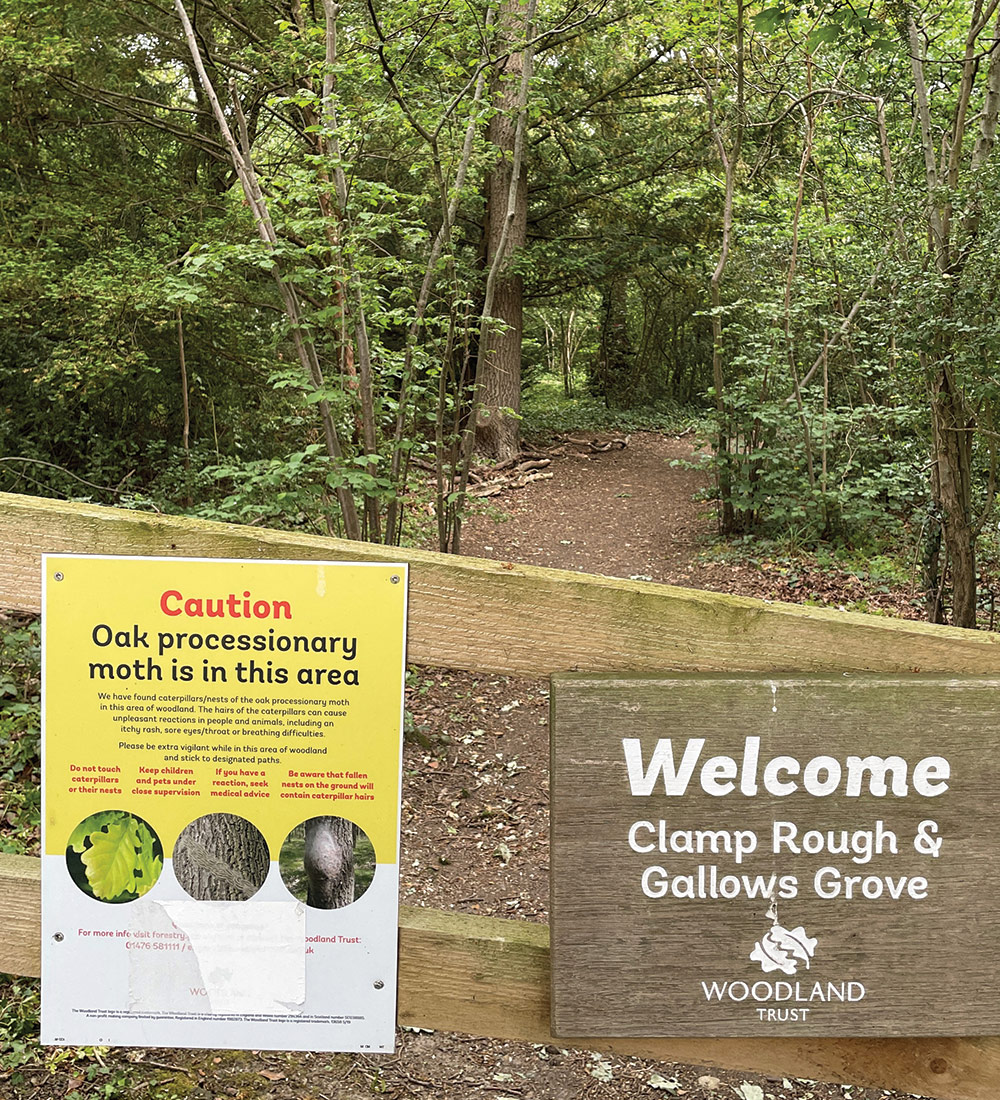
As I continued my UK adventure, strolling through the verdant Surrey countryside toward the great Royal Horticultural Society Garden Wisley (in other words, I disembarked miles away at the wrong train station), I came across a sight that few hope to see. It was a bright yellow sign that read, “Caution: Oak processionary moth is in this area. We have found caterpillars/nests of the oak processionary moth in this area of woodland. The hairs of the caterpillars can cause unpleasant reactions in people and animals, including an itchy rash, sore eyes/throat, or breathing difficulties.” How about a case of painful respiratory distress with your peaceful forest walk? No thank you!
Although I was eager to photograph the caterpillars, I ultimately decided against taking that particular path. This moth species (Thaumetopoea processionea) was accidentally introduced to the UK from mainland Europe around 2006 via the movement of live plants (in other words, the nursery trade). It was the driver of new biosecurity regulations and importation safeguards due to its impact on human and animal health, not to mention the oak trees (Quercus spp. and cvs., Zones 3–10) upon which it prefers to feed.
Luckily, we do not yet have oak processionary moth in the U.S. We do have a similarly notorious species—the browntail moth (Euproctis chrysorrhoea). The caterpillars of this moth shed toxin-containing hairs that can cause lung irritation and a poison ivy–like rash. In the early 1900s, this nonnative moth was widespread in upper New England but has since been restricted to parts of coastal Maine and Cape Cod. This is thanks in large part to biological control from a fungus, a virus, and two flies—the unsung heroes to many oaks, fruit trees, and gardeners. However, browntail moth is prone to population swings, and the summer of 2021 was one of the worst outbreak seasons yet, with the caterpillars continuing a multiyear expansion into new territory further inland. Hazardous insects like the oak processionary moth and browntail moth teach us key lessons on prevention and management through more stringent biosecurity. Let’s avoid accidentally bringing in any others!
A serious problem on the horizon
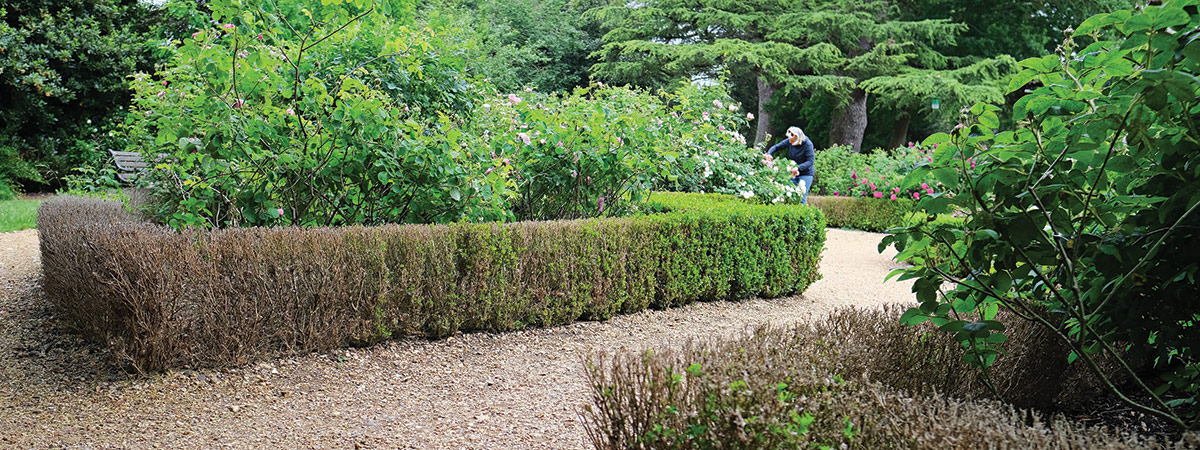
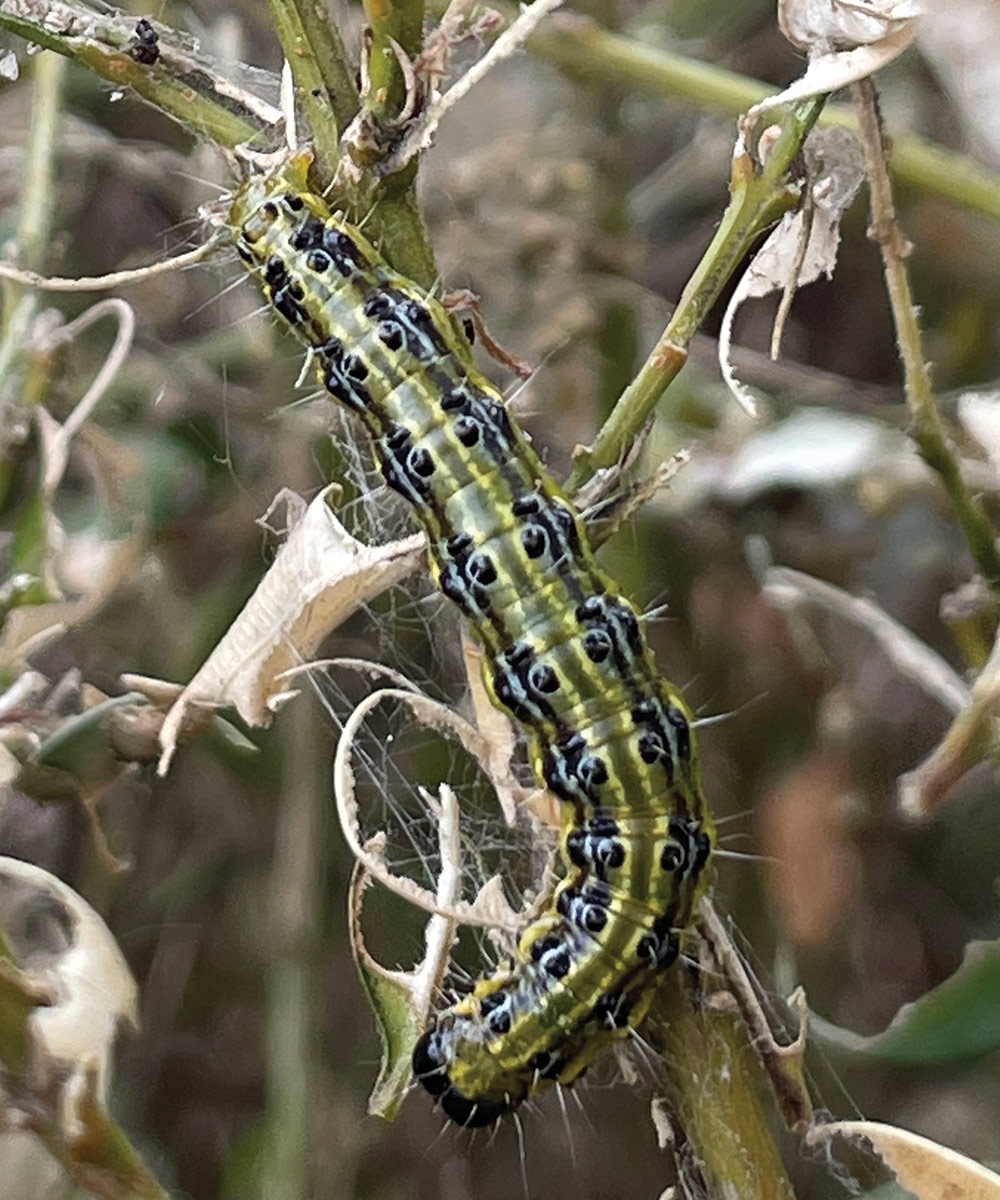
There was a caterpillar I saw in London that does pose an imminent threat to the North American landscape: the box tree moth (Cydalima perspectalis). Unfortunately, I didn’t have to look hard to find it. From citywide planting boxes; to the great gardens of Chiswick House, Wisely, and Fulham Palace; to hedges in the countryside, box tree moth devastation was everywhere. The pest, native to East Asia, was introduced to the UK and Europe around 2007 and spread gradually across the continent with few natural enemies to slow it. In 2018 it was discovered in Ontario. In May 2021 it was accidentally imported to seven states in the U.S. on infested nursery plants, prompting an eradication program and import bans of several plant genera from Canada.
The caterpillar feeds on all species of boxwood (Buxus spp. and cvs., Zones 5–9) as far as we know, leaving behind a mess of frass, silken webbing, and bare twigs with skeletal leaf remains. If left unaddressed for several seasons, the defoliation can kill even healthy boxwood.
At Fulham Palace Garden, an ancient boxwood had only a few leaves left, with caterpillars scattered across bare branches. At Chiswick House, large sections of the rose garden box hedges were dead, as well as sections of boxwood along the main path leading to the historic conservatory. Learning how the gardeners are fighting back with a new management program, including pheromone disruption and the biological insecticide Bt, was most helpful. We will need their research if box tree moth becomes established in the U.S. This is one pest you should be on the lookout for if you have boxwood.
The next time you visit a new garden, look closely. Find the pests and diseases, learn something new, and then bring that knowledge home.
How to defend against new plant pests and diseases
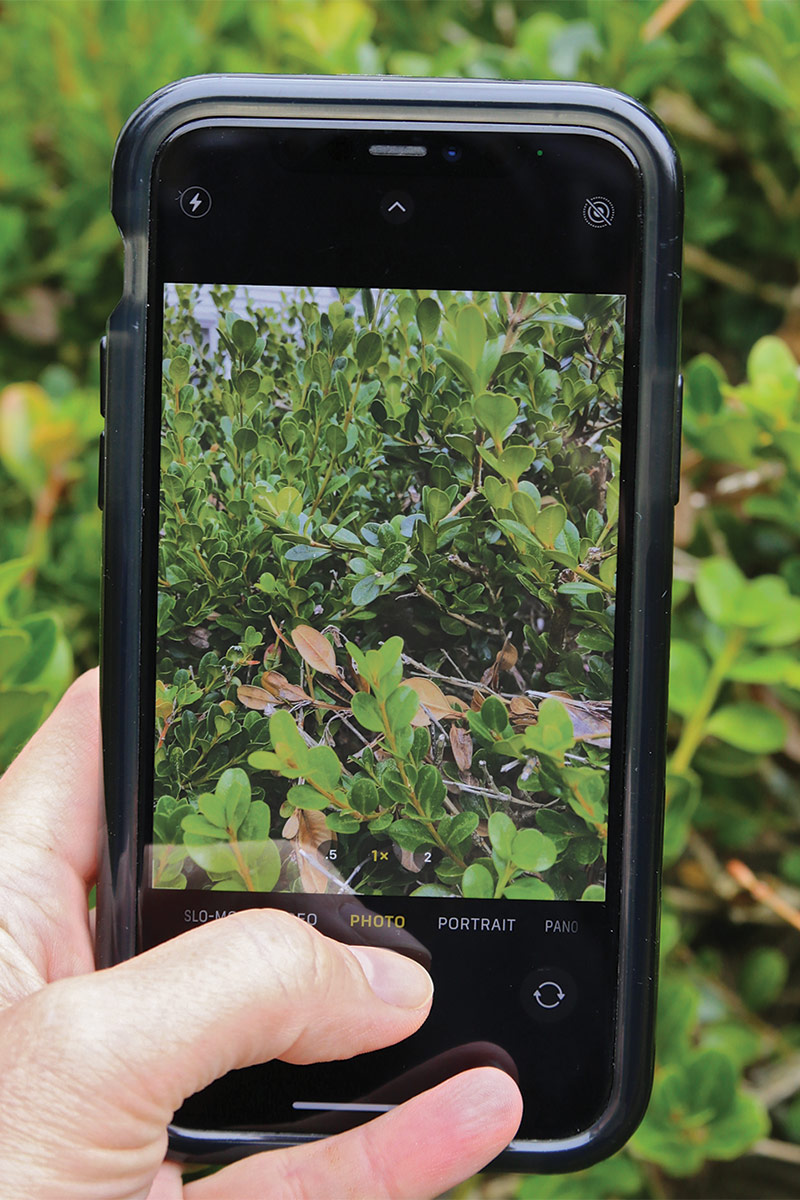
If you encounter box tree moth or any other bothersome pest or disease in your garden or area, take photos and report it to your nearest Cooperative Extension Service immediately. Early action is a valuable tool. Gardeners are important combatants against plant pests and diseases. Our keen eyes are on the front lines of invasion and early detection, and reporting can make a huge difference in the spread of devastating plant and ecological problems.
It is also helpful to stay in the know by familiarizing yourself with the latest threats in your area. If available, consider signing up for email alerts from your Cooperative Extension Service or from your state’s department of agriculture or environmental protection. Follow these organizations on social media, where they often share helpful information on plant pests and diseases.
Matthew Borden, DPM, is a plant health consultant specializing in diagnostics and integrated management of landscape plant pests and diseases.
Photos, except where noted: courtesy of Matthew Borden



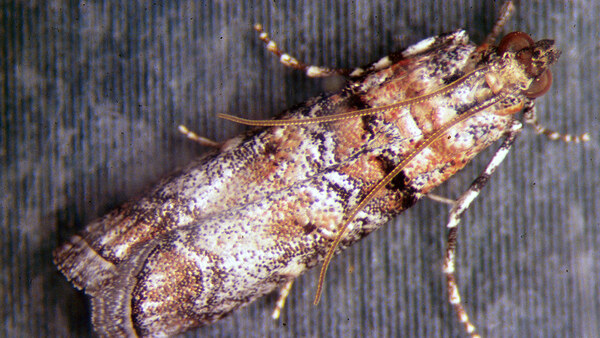














Comments
Log in or create an account to post a comment.
Sign up Log in